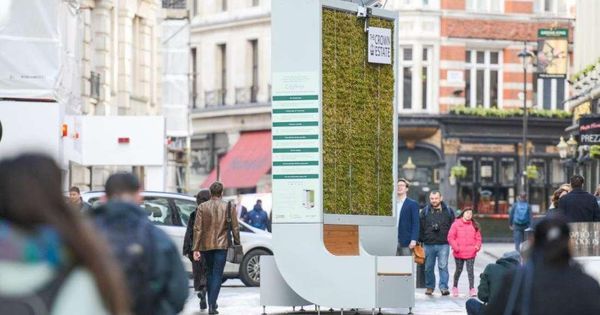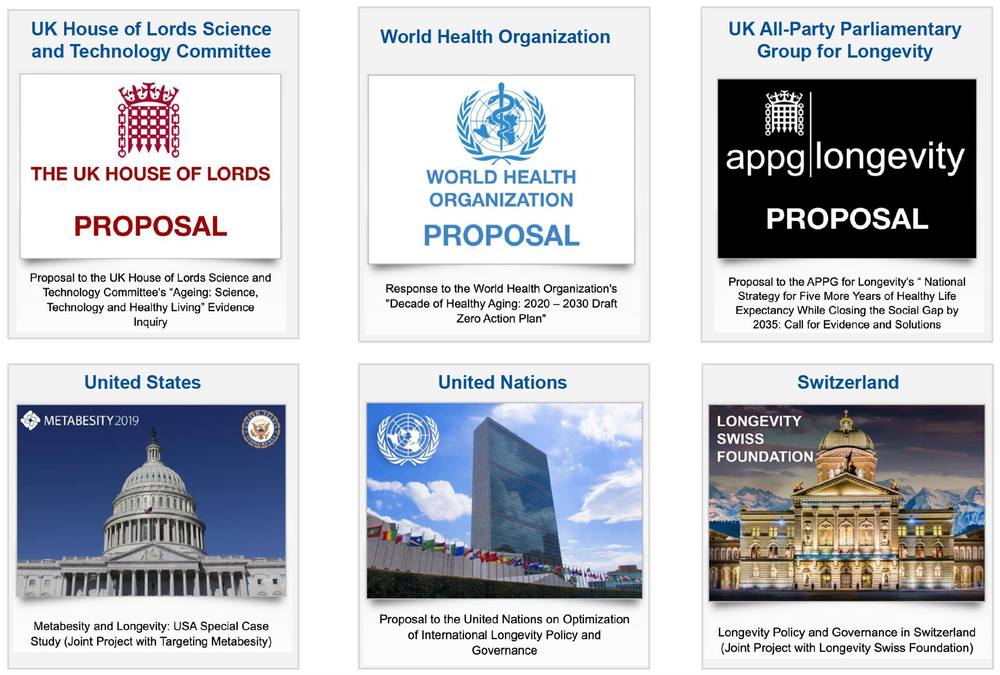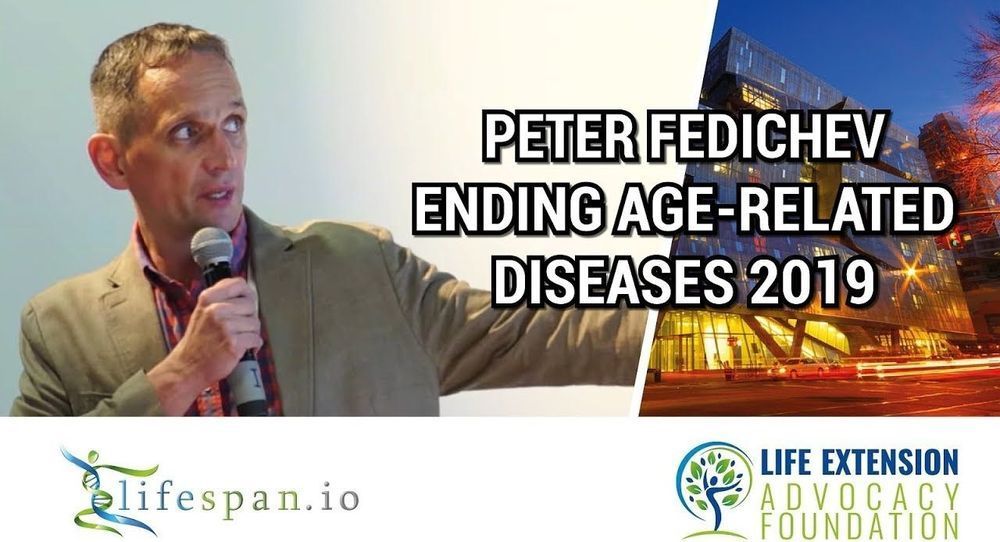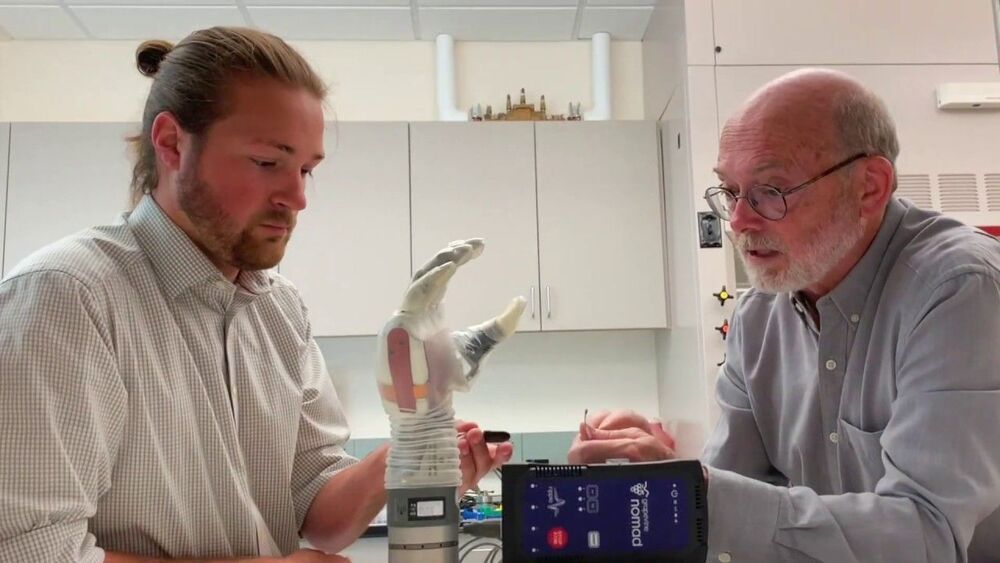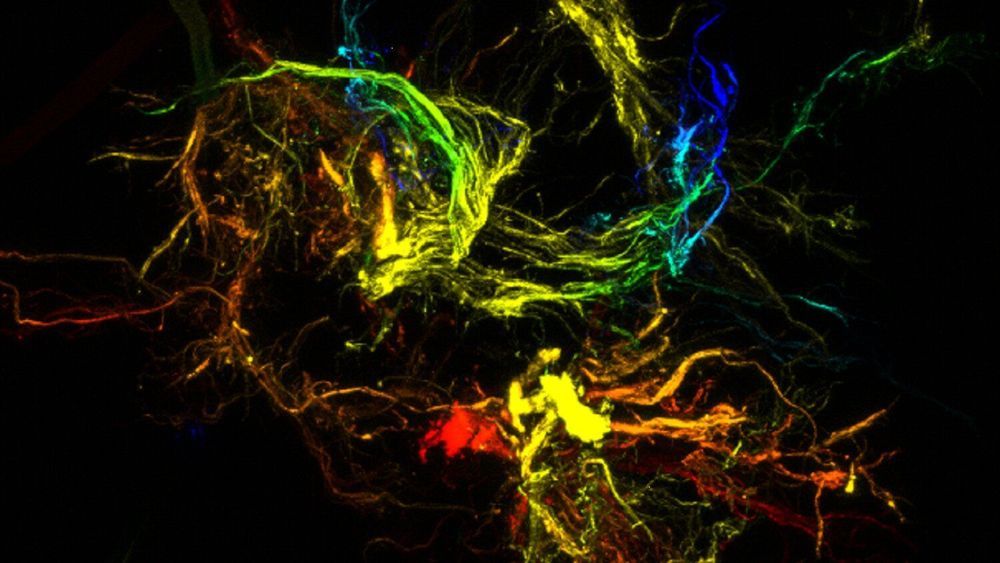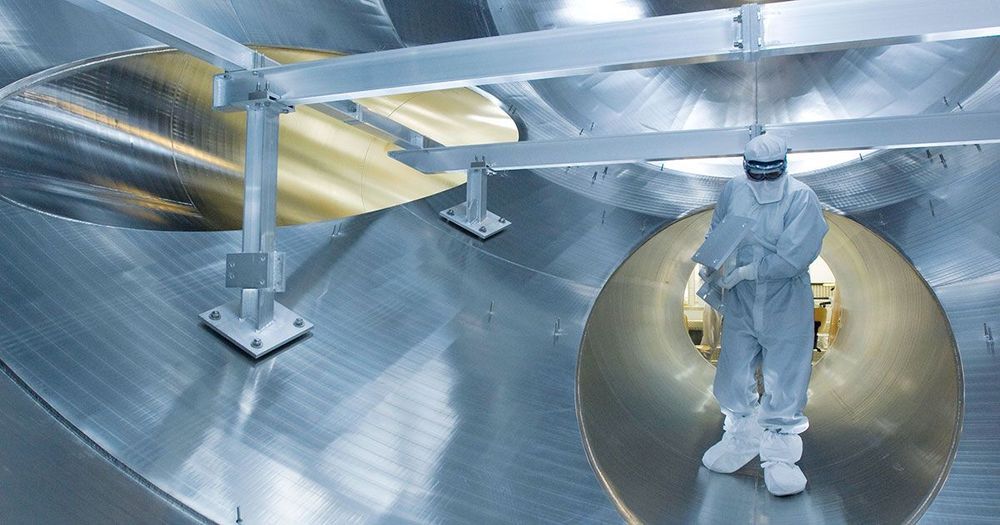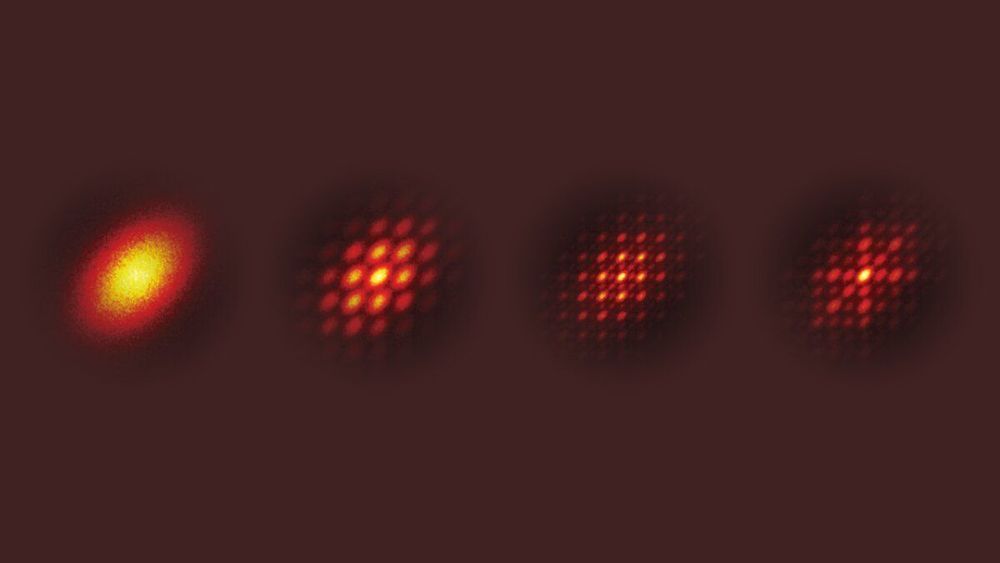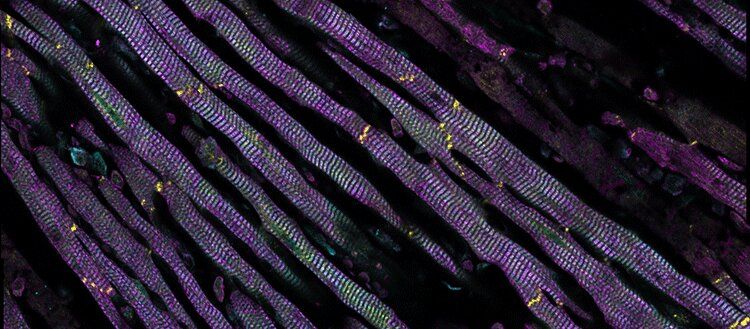
Each year, heart attacks kill almost 10 million people around the world, and more than 6 million die from stroke. A heart attack is caused by clots that block arterial blood flow. Tissues are deprived from blood-borne oxygen. Under these conditions, the affected tissues undergo a rapid necrosis. But why? Scientists at the University of Geneva (UNIGE), Switzerland, the University of Lyon and the Institut National de la Santé et de la Recherche Médicale (Inserm), France, have discovered that the synthesis of a lipid called deoxydihydroceramide provokes necrosis. This lipid accumulates in the absence of oxygen and blocks cellular functions. By inhibiting its synthesis in a mouse suffering a heart attack, the biologists were able to reduce the tissue damage by 30 percent. These results, published in Nature Metabolism, suggest a new model of treatment for victims of heart attack or stroke.
“But what causes necrosis under these conditions?” asked Howard Riezman, professor in the Department of Biochemistry of the Faculty of Science at UNIGE and Director of the NCCR Chemical Biology. Not all animals are so sensitive to the absence of oxygen—worms can live three days without oxygen, some turtles can live several months, and certain bacteria indefinitely.
“That is why we sought to find the link between the lack of oxygen and tissue necrosis in mammals,” said the scientist.
